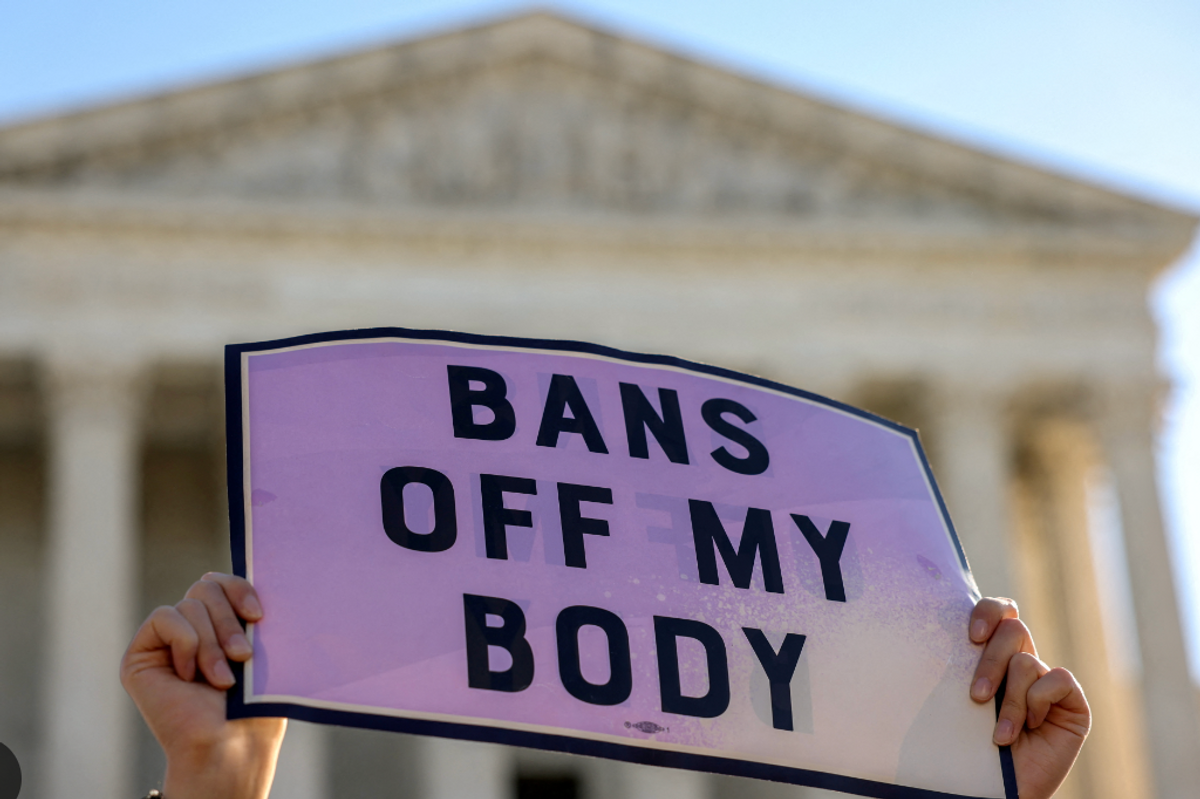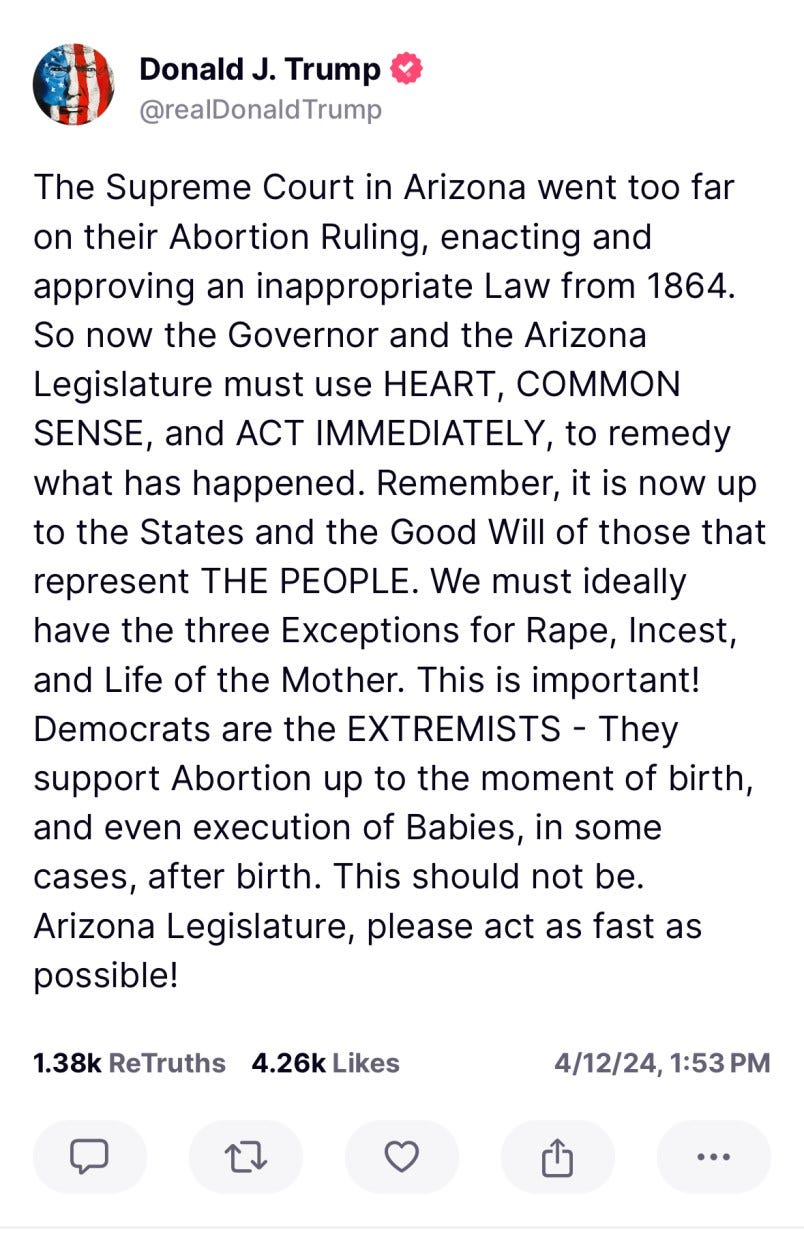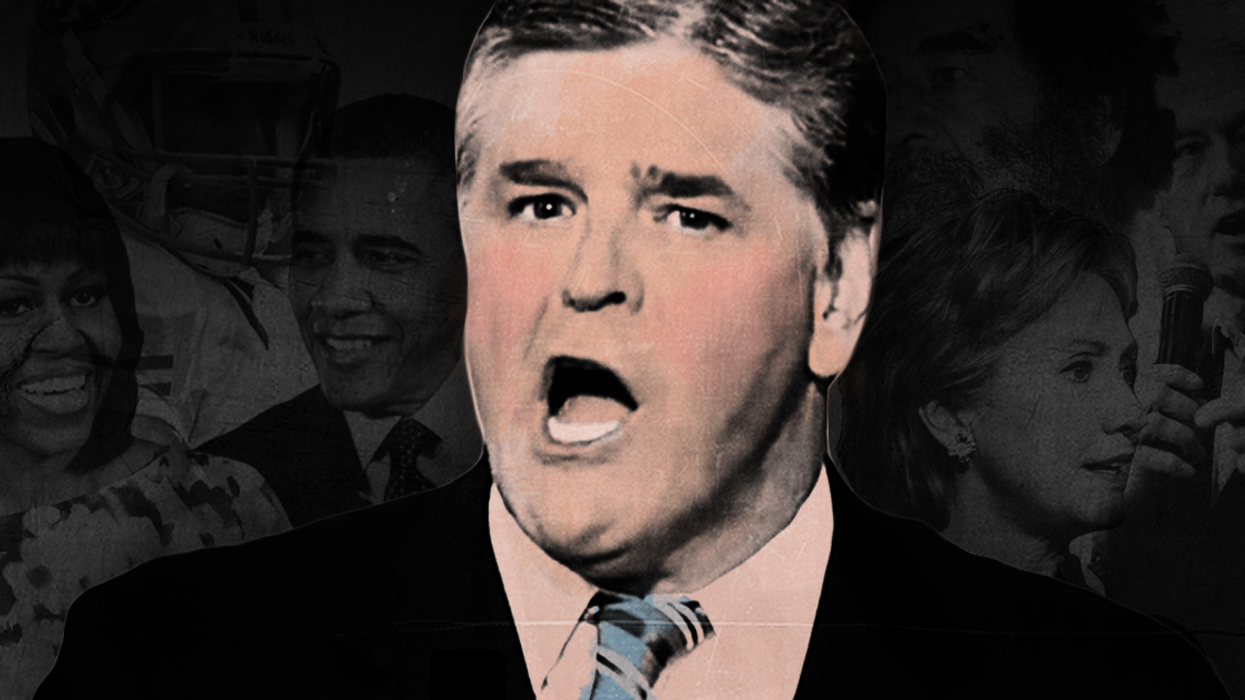Nusa Dua (Indonesia) (AFP) – U.S. efforts to shape far-reaching new trade rules for the Asia-Pacific are set to dominate a leaders’ summit in Bali starting Monday, amid concerns they are too ambitious and risk adding to regional tensions.
President Barack Obama’s administration is planning to use the Asia-Pacific Economic Co-operation (APEC) gathering on the Indonesian resort island to try to secure a year-end agreement for a giant free-trade pact, which would include 12 diverse countries but significantly not China.
While proponents of the Trans-Pacific Partnership (TPP) insist it will create “gold-standard” rules to deal with 21st Century economic issues such as intellectual property, analysts caution it will likely fail to achieve targets and potentially alienate China.
“If the U.S. gets this concluded in a significant way, they will have taken the lead in setting up the trade rules [for the region],” Jayant Menon, an expert on economic integration at the Asian Development Bank, told AFP. “[But] if you judge it by the gold standard, I think this will only be a bronze.”
Obama, who has said he wants a deal on the TPP by the end of the year, had been scheduled to meet with the leaders of the other 11 countries that are planning to join on the sidelines of the two-day APEC leaders’ summit.
Obama had to cancel going to APEC due to the brutal political standoff in Washington that has led to a three-day government shutdown and shown no sign of ending.
But Obama’s administration has earmarked the TPP as one of the most important trade tools for his strategic “pivot” to the Asia-Pacific, and negotiations for the pact are expected to remain a top US priority in Bali.
US Secretary of State John Kerry will replace Obama at APEC, and the following East Asia Summit in Brunei, the White House said on Thursday.
Meanwhile, China is looking to push ahead with a rival mega-trade pact grouping 16 countries in the region, potentially opening up a new front in the struggle between the world powers for dominance in the Asia-Pacific.
“There is the real risk of geopolitics spilling over into commerce and integration in East Asia in ways that will damage and diminish economic benefits,” Shiro Armstrong, an economist at the Australian National University, wrote recently in the East Asia Forum about the rival pacts.
Chinese President Xi Jinping provided a timely reminder of China’s growing influence in the region with a successful trip to Jakarta ahead of APEC.
Xi became the first foreign leader to address Indonesia’s parliament and oversaw trade deals between the two countries worth $28 billion.
On Friday he was in Malaysia, one of China’s most important Southeast Asian trading partners.
China initially expressed strong opposition to the TPP, viewing it as another U.S. containment tool, although it has recently adopted a slightly more accepting tone.
The TPP would bring together the economies of the United States, Australia, New Zealand, Japan, Singapore, Malaysia, Brunei, Vietnam, Chile, Canada, Mexico and Peru – accounting for about one third of global economic output.
Some of the “gold standards” being pushed by the United States are also highly controversial, such as rules to weaken control of state-owned-enterprises and to boost the power of multinationals over the pharmaceutical sector.
Countries would also allow a TPP-created tribunal to adjudicate complaints by corporations against governments, which analysts say is a major sticking point for some nations as they regard it as weakening sovereignty.
These tough rules will ultimately be the TPP’s downfall, in the same way that diverse countries could not agree on the World Trade Organization’s Doha effort, according to Menon, the lead economist for regional integration at the ADB.
“I don’t think it will get done this year. If it does, it will be so heavily watered down to the point of insignificance,” Menon said of Obama’s timeframe for a TPP deal. “In the long run, they will come out with an agreement, but that is almost certain to be heavily compromised.”



